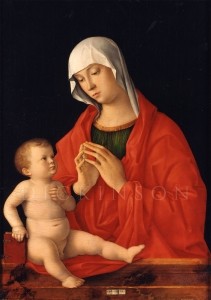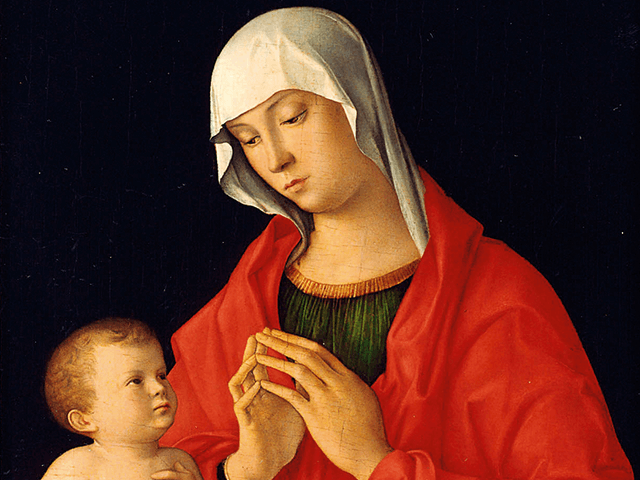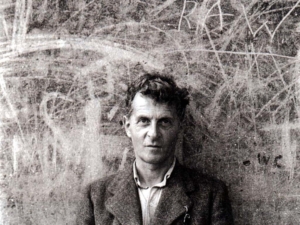Bellini’s “Wittgenstein Madonna” sold by Dickinson at Tefaf Maastricht goes on view at the Louvre Abu Dhabi.


This week marks the long-awaited opening of the Louvre Abu Dhabi, a £3 billion collaboration between the ruling Al Nahyan family and the Musée du Louvre, Paris, which seeks to transform the deserts of Abu Dhabi into the next Bilbao. Underneath a silver latticework dome designed by Pritzker prize-winning architect Jean Nouvel, visitors to the new museum will be able to admire more than 600 international artworks acquired for the permanent collection over the past decade. They will also have the opportunity to study masterpieces lent by 13 leading French museums, including the Louvre, Musee d’Orsay and Centre Pompidou. Among the highlights – some 300 of them, on rotation over the next 3 decades – are examples by Monet, Van Gogh, Matisse and Leonardo da Vinci, with rumours circulating that even the Mona Lisa may pay a visit to ‘The Desert Louvre’.
Louvre Abu Dhabi
The opening of the Louvre Abu Dhabi was featured on the cover of this weekend’s London Sunday Times Magazine, and the article cited and illustrated Giovanni Bellini’s Madonna and Child (The Wittgenstein Madonna), one of several pieces sold to the Louvre Abu Dhabi by Dickinson. Named after the Viennese-Jewish philosopher Ludwig Wittgenstein (1889 – 1951) who owned it in the early 20th century, this enormously popular composition exists in some dozen extant copies by followers of Bellini. In this, the prime original, the artist’s underdrawing is visible to the naked eye. It has been dated by experts to the mid-1480s, which positions it somewhat later than the San Giobbe Altarpiece (Accademia, Venice) and earlier than the Frari altarpiece of 1488 (Santa Maria Gloriosa dei Frari, Venice). Bellini taught both Titian and Giorgione, and his work so impressed Albrecht Dürer during the German artist’s first journey to Italy (1494-95) that he declared Bellini the finest painter in the city.
Ludwig Wittgenstein
The Wittgenstein Madonna, which was sold by Dickinson from a private collection in 2009, can trace its provenance back to the Folco collection in Vicenza. It appeared at auction in Vienna in 1917 and was recorded in the Wittgenstein collection by 1930. As well as being the second-wealthiest family in Austria-Hungary after the Rothschilds, the Wittgensteins were great patrons of art and music, as well as enthusiastic supporters of the Viennese Secession. It was one of the first acquisitions made by the new Abu Dhabi Louvre, and will join other ‘works of historical, cultural, and sociological significance from different times and civilisations’ in galleries that have been arranged both chronologically and thematically.
“[BELLINI] IS VERY OLD, YET, HE IS STILL THE BEST PAINTER OF THEM ALL”



